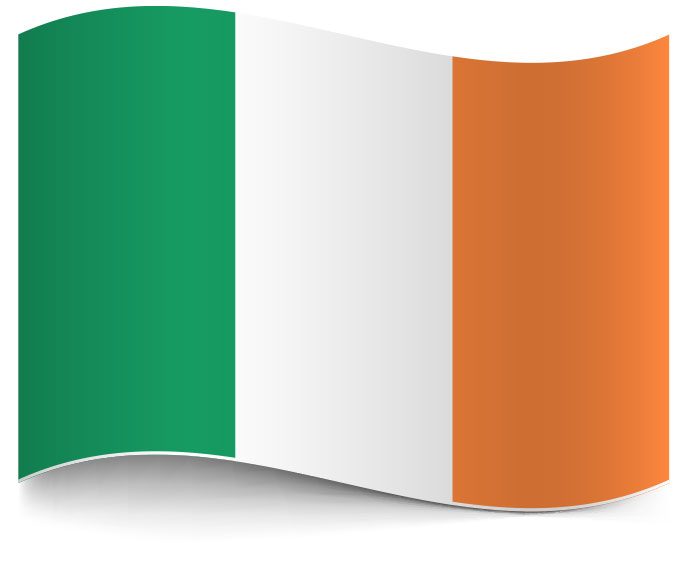Ireland
Information to work in this country is available from
Irish Dental Hygienists Association
www.idha.ie
Email: info@idha.ie
Facebook and on twitter @irishhygienists
or
Dental Council, 57 Merrion Square, Dublin 2, Ireland
www.dentalcouncil.ie

Procedures and/or documents that are necessary to be able to work in this country
Evidence of qualification and curriculum of training programme provided to the Dental Council, Ireland.
You must be registered as a dental hygienists in Ireland before commencing work.
Official licensing body in the country
Dental Council, Ireland
Special conditions that may apply for hygienists that obtain employment
Dental Hygienists work to the prescription of a dentist. Direct supervision by a dentist is mandatory when administering local anaesthesia or treating patients under oral sedation.
Dental Hygienists do not work independently. Patients are referred from a dentist who has first examined the patient and indicated to the dental hygienist the course of treatment to be provided
Contact for Work Permit and/or Visa
Apply for a working visa with the Dept. of Foreign Affairs
Apply for a work permit with the Dept. of Enterprise, Trade and Employment.
Is a job offer required before a Work Permit/Visa is issued?
Yes – your prospective employer will help you with this.
Main local and/or official language(s)
English
Are hygienists qualified overseas required to sit the country's national examination?
Non European Union Dental Hygienists are required to sit an Overseas Examination following approval of their training programme.
Information on the local working environment
Dental Hygienist in Ireland work in General Dental Practices, Specialist Dental Practices, Dental and General Hospitals, Health Services Executive (HSE) Dental Clinics, and in a promotional role in the Community.
Standard tasks that hygienists are allowed to undertake in the country
The duties permitted under the Scheme for Dental Hygienists are
- Cleaning and polishing teeth
- The provision of supra and subgingival scaling including comprehensive root surface debridement and the application of medicaments when indicated
- Application to the teeth/gums of appropriate prophylactic materials including solutions, gels and sealants.
- Giving advice in relation to oral health
- Administration of local anaesthesia (infiltration and ID block)
- The placing of temporary dressings and the re-cementing of crowns with temporary cement when fillings or crowns are displaced by the dental hygienists in the course of her work
Links to related web sites
Information based on data received by IFDH in:
2011
NOTE: The information provided above is for general guidance only. The International Federation of Dental Hygienists advises all hygienists to contact the country’s relevant licensing bodies and agencies for current information and regulations.





